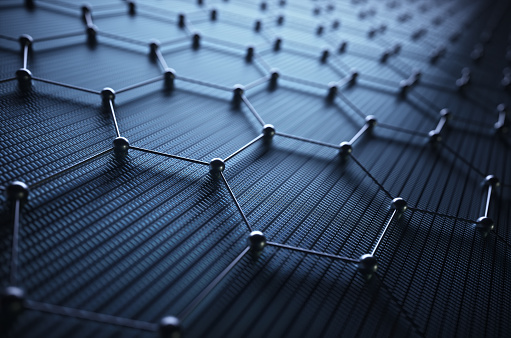Unveiling the Mystery Behind the Pressure-Induced Glass Phase Transition
A recent study has revealed a previously unknown mechanism behind pressure-induced glass phase transition. In the study, researchers from the University of Tokyo and the Institute for Molecular Science in Japan have determined how the structure of glass changes under pressure.
The research team found that when pressure is applied to a glass, it undergoes a transition from an amorphous solid to a crystalline solid. This transition occurs due to the formation of a highly ordered structure of silicon-oxygen bonds, known as the SiO4 tetrahedron. The SiO4 tetrahedron is the basic unit of silicate glass, and when it forms under pressure, it gives the glass its new crystalline structure. This new structure is much more ordered than the amorphous solid, and it can hold much higher pressures.
The findings of this study are significant because they provide a better understanding of how glass is affected by pressure. This understanding can be used to improve the design of materials for high-pressure applications, such as in aerospace and medical devices.
source: Phys.org
